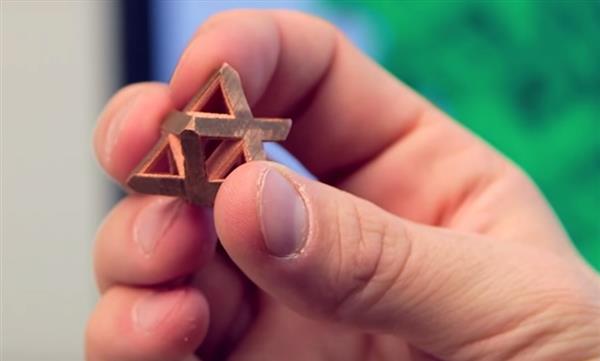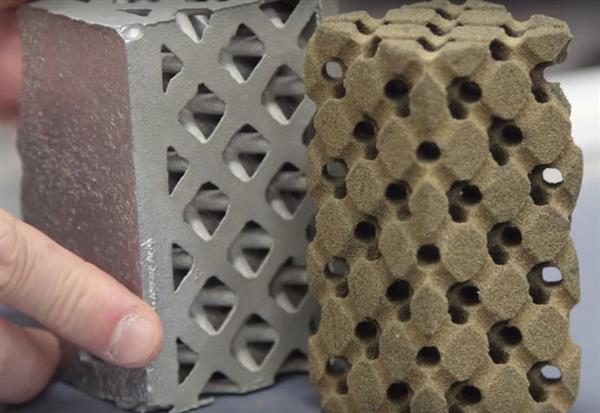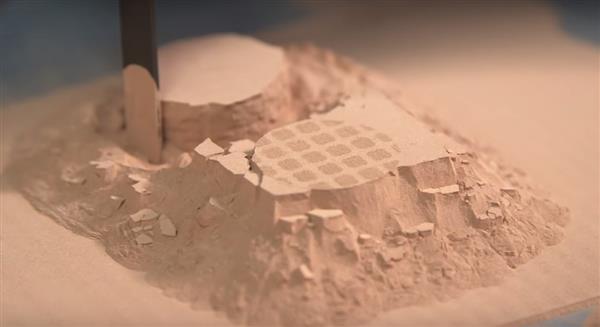As much as we love FDM 3D Printers, we have to admit that two common issues we all might have faced are the lack in the variability of filaments and [more often than not] manufacturing defects. Yet to overcome this shortcoming scientists at the Virginia Polytechnic Institute and State University have been working on developing a Binder Jetting 3D printer that is capable of making Copper in an efficient manner.
Copper is among the most preferred metal in the world. In the past, 3D printing a copper metal has not been an easy task since it has produced microscopic pores that, unequivocally, has antagonistic effects on the parts’ strength. But Associate Professor Christopher Williams and PhD student Yun Bai have found an effective solution to this recurring problem.
“Advances in the design of highly efficient thermal management systems are somewhat stymied by an inability to Additively Manufacture complex structures with copper material. To release this design constraint, [we] are investigating the use of Binder Jetting to process copper. This layer by layer fabrication process offers the utmost design freedom in the realization of complex geometries.” the research team explained
“What we are doing that’s different, is that we are printing copper,” Williams told the reporters. “It’s a really tricky metal to create. We are working with a process called binder jetting. In that process, you’re using an ink jet head to actually selectively jet glue into a bed of (copper) powder, one layer at a time. Once the part is created in that fashion, we then take it to a furnace to then sinter or fuse the particles together to make the metal part.”
The machine they developed therefore features an additional inkjet print-head that adds an extra layer of binder during 3D printing. “Once a layer has been printed, the powder feed piston raises, the build piston lowers, and a counter-rotating roller spreads a new layer of powder on top of the previous layer. The subsequent layer is then printed and is stitched to the previous layer by the jetted binder. The remaining loose powder in the bed supports overhanging structures and is removed with compressed air in post processing,” the team explained.
After curing the parts at higher temperature the copper is sintered to achieve the required strength and density.
The process has been the perfect solution as it is able to fill the air pockets between the copper layers and to add to that it can make a complicated copper structures without using support material while building the parts.
“These large part sizes are possible as Binder Jetting is free from the powder bed thermal management constraints typically found in direct-metal AM processes. Furthermore, Binder Jetting systems have a relatively high throughput: a 100 nozzle print-head can create parts at up to ~200 /min,” the team of researchers told.
Therefore this discovery is set to achieve standards in metal 3D printing industry, but it might take few years for this process to be fitted in to commercial 3D printers. Nevertheless this is surely making way for further innovations in different fields.


